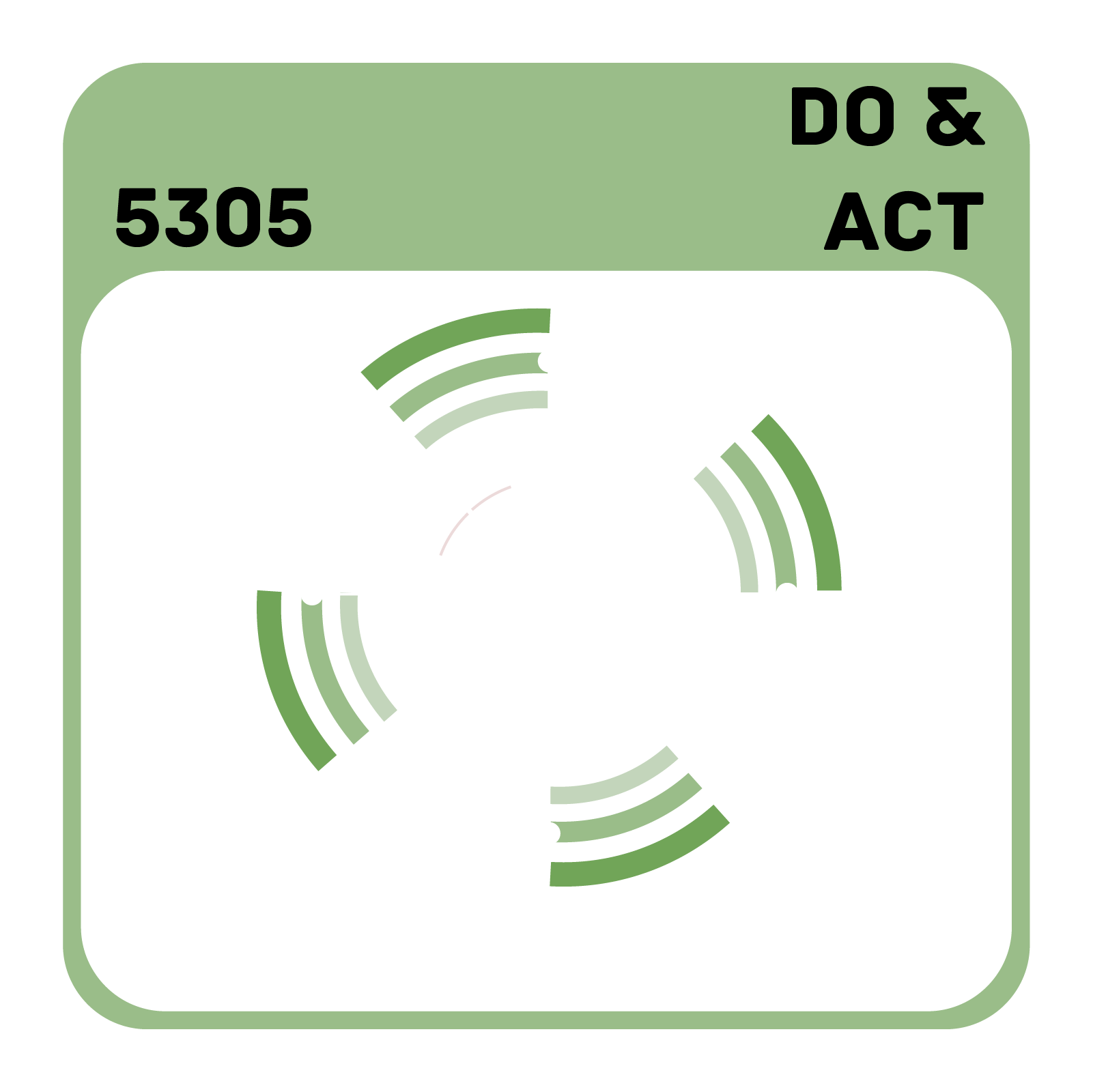
When you use timing, that is right for the other.
When we communicate, we often focus on what we want to say. Yet, people need to be ready to listen to our message. You may phrase your message perfectly yet be rejected, misunderstood, or ignored just because your timing has been off. When you have something urgent for you, it may not be the best timing for the other. Timing influences how the receiver reacts to your message.
You may phrase your message perfectly yet be rejected, misunderstood, or ignored just because your timing has been off. Timing influences how the receiver reacts to your message.
DEFINITION
Green Timing is when you choose to communicate at the time when the other person is needing, willing or able to communicate. This can mean time of day, having the content available when the other one needs it or even sequencing the message over time if that is better for the other person. Conscious communicators choose the timing so that the other person is most receptive to it.
BENEFITS
+ Ensures your message is received.
+ Shortens the needed time for the conversation.
+ Fewer misunderstandings, friction and conflicts.
+ More effective communication and collaboration.
+ Better productivity and time management.
CHALLENGES
- Empathy. It is difficult to know when is the right time for the other.
- Procrastination. Waiting for the perfect timing might be an excuse for not taking action at all.
- Impulsivity. When you act without thinking, the timing will most likely not be optimal.
- Conflicts. Bad timing can be a source of frustrations that lead to dysfunctional conflicts.
SKILLS NEEDED
+ Empathy skills ability to understand the other person’s feelings and needs.
+ Contextual intelligence, ability to read the moment.
+ Patience, to wait for the right moment.
+ Courage, to ask about others’ preferences to talk.
INSTRUCTIONS
1. Empathy
Put yourself in the other person’s shoes and reflect on when they would like you to communicate with them.
2. Context
Reflect on the context and think about what would serve the situation and the other the best.
3. Ask
Find out if you don’t know when they would prefer to communicate.
4. Plan
Agree with the other or make a conscious plan for the communication situation.
SMART WAY
IN THE WORLD
Inspirational examples from YouTube, Facebook, Twitter and Green Elephant's streaming in Twitch with Head-Up Display.
LEARN MORE
To download a free copy of the Periodic Table of Conscious Communication and see all the up-to-date learning resources organised by numbers into a library, check out this page. If you'd like to follow, ask questions and contribute to the online research please contact esteve@greenelephant.org.
If you'd like to book a hands-on coaching session to measure, analyse and get a simple micro-habit to change your communication behaviours, check out Green Elephant's coaching products.
Posted by
Ritual designer and communication coach, Anu keeps people on track with radical candor, humour, and her pragmatic “Sisu” - Finnish for determination.

